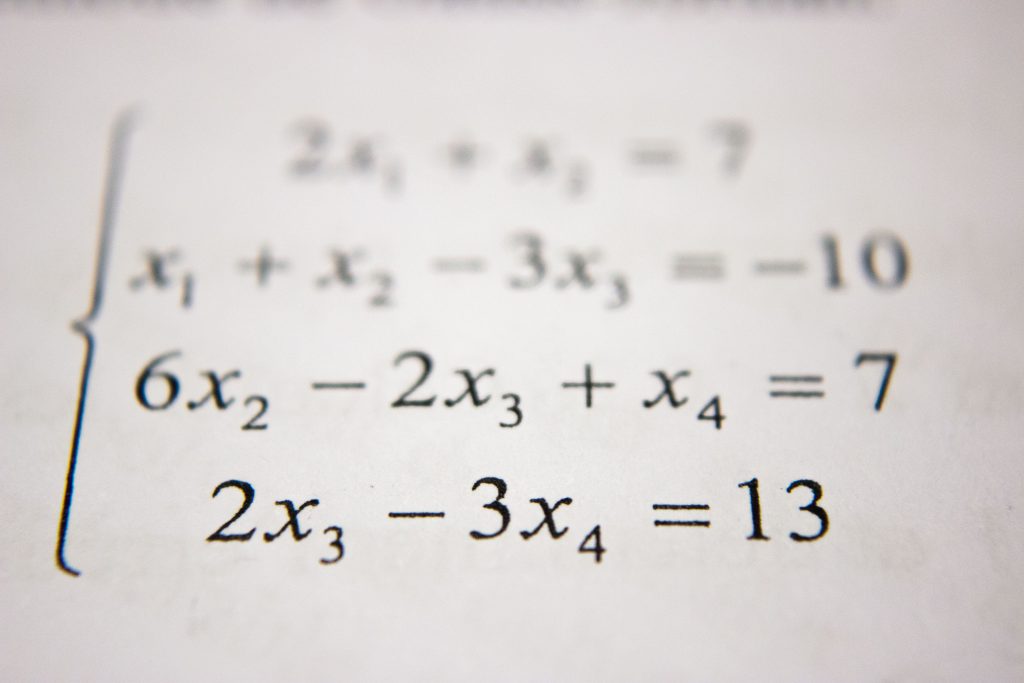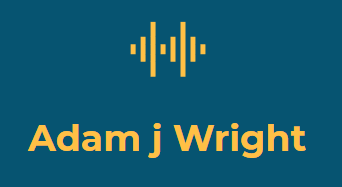
Discrete Math is still math
Before starting discrete math I was told that the subject is really more like a logic class and that there is not really much math involved. As it turned out, that was far from the truth. I now know that discreet math is a catch-all math theory class which lays out all of the mathematical underpinnings that will be encountered while designing and building programs.
The early material and the late material were indeed more like logic, but one must immediately begin to apply algebraic laws to refactor logical statements and to prove facts about the statements. DeMorgan’s laws and their implications for formal logic statements and set theory are a fundamental building block to mutate the initial inputs and to prove or disprove the question at hand. The method of proof by contrapositive / contradiction is a very interesting interesting method which should always be considered. It works by switching the initial question statement into its contra-positive and then proving that this leads to a contradiction, and thus the initial question statement must be true.
One constant frustration was that the homework is best produced by using the Latex text editor. Latex is program that I had heard of, but had never used before starting the class. The results look very good, but adding a new markdown language while trying to grasp how to prove that the sum of a rational number and an irrational number is always an irrational number is like trying to ride a bike while wearing roller blades. You are allowed to write out the homework assignments on paper and then scan them in and create a pdf, and in hindsight, that might be the most efficient method. The quizzes and exams require the equations to be entered in using the built in equation creator or by using a Latex editor and then outputting a pdf that is uploaded to the last question of the quiz or exam.
The midterm and final exams are worth 50% of the overall grade. The quizzes do a good job of preparing you for the questions that will be on the exams, but at exam time you need to be prepared to use some form of Latex editor to create answers to all of the questions. I went into the final with an A- and ended the course with a B+, which I am satisfied with. I can say that I’ve picked up knowledge about number theory, set theory, and graphs which will definitely be useful in the future. The class made me very nervous at the beginning and I’m glad that it’s finished.



